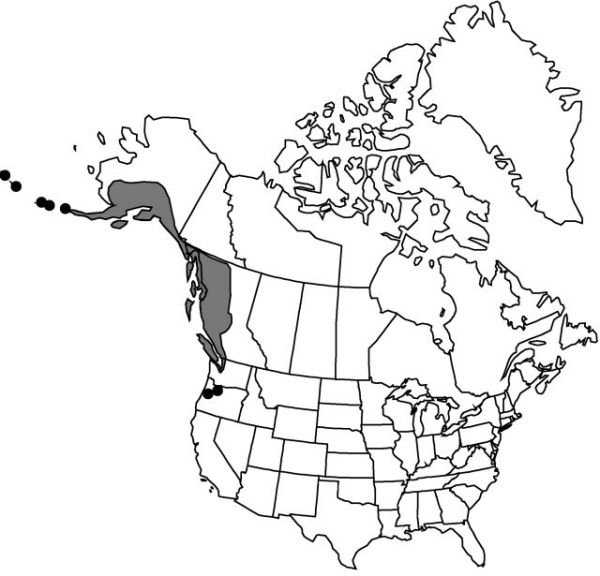Difference between revisions of "Fritillaria camschatcensis"
Bot. Mag. 30: under plate 1216. 1809.
FNA>Volume Importer |
FNA>Volume Importer |
||
| Line 10: | Line 10: | ||
|name=Lilium camschatcense | |name=Lilium camschatcense | ||
|authority=Linnaeus | |authority=Linnaeus | ||
| + | |rank=species | ||
|publication_title=Sp. Pl. | |publication_title=Sp. Pl. | ||
|publication_place=1: 303. 1753 | |publication_place=1: 303. 1753 | ||
| Line 40: | Line 41: | ||
-->{{#Taxon: | -->{{#Taxon: | ||
name=Fritillaria camschatcensis | name=Fritillaria camschatcensis | ||
| − | |||
|authority=(Linnaeus) Ker Gawler | |authority=(Linnaeus) Ker Gawler | ||
|rank=species | |rank=species | ||
| Line 55: | Line 55: | ||
|publication year=1809 | |publication year=1809 | ||
|special status= | |special status= | ||
| − | |source xml=https://jpend@bitbucket.org/aafc-mbb/fna-data-curation.git/src/ | + | |source xml=https://jpend@bitbucket.org/aafc-mbb/fna-data-curation.git/src/f50eec43f223ca0e34566be0b046453a0960e173/coarse_grained_fna_xml/V26/V26_286.xml |
|genus=Fritillaria | |genus=Fritillaria | ||
|species=Fritillaria camschatcensis | |species=Fritillaria camschatcensis | ||
Revision as of 20:48, 16 December 2019
Bulb scales: large 6–15; small 30–190. Stem 2–6 dm. Leaves in 1–3 whorls of 5–9 leaves per node proximally, alternate distally, 4–10 cm, usually shorter than inflorescence; blade narrowly to broadly lanceolate; distal leaves usually ± equaling proximalmost leaf. Flowers spreading to nodding, odor unpleasant; tepals dark greenish brown to brownish purple, sometimes streaked or spotted with yellow, oblong-elliptic to elliptic-obovate, 2–3 cm, apex not recurved; nectaries obscure, same color as tepals, linear, ± equaling tepal length; style obviously branched for 2/3 its length, branches longer than 1.5 mm. Capsules cylindric-ovoid. 2n = 24, 36.
Phenology: Flowering May–Jul.
Habitat: Moist areas from near tideflats to mountain meadows
Elevation: 0–1000 m
Distribution

B.C., Alaska, Oreg., Wash., Asia (Japan, Russia).
Discussion
Coastal Native Americans used bulbs of this species for food. Often the bulbs were dried and later added to other foods, especially soups and fish dishes.